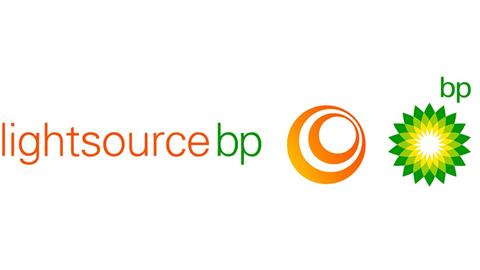The Electrification Alliance is urging Dan Jorgensen, European Commissioner for Energy and Housing, to publish the Electrification Action Plan during his first 100 days in office.
The Alliance, a coalition of associations calling for electricity to be recognised as the key energy carrier for an efficient and decarbonised Europe, wants the Commission to set a direct electrification target of at least 35% of final energy demand by 2030 at the EU level and at least 50% by 2040.
That’s no easy feat, considering that Europe’s electrification rate has long been stagnant and stood at 22.8% in 2020.
Walburga Hemetsberger, Electrification Alliance chairperson, told Euractiv: “Electrification strengthens the energy system by facilitating renewables’ integration, reducing carbon intensity across sectors, and cutting overall energy waste, related, among others, to inefficiencies of conversion processes,”
Arianna Vitali Roscini, Secretary General of The Coalition for Energy Savings, said that to achieve climate neutrality, the EU energy system must be progressively electrified.
Electrification advances climate goals
In a new report, the Regulatory Assistance Project (RAP) said that electrification contributes to climate policy goals by replacing fuels that harm the environment with cleaner electricity, and it reduces overall energy consumption.
While electrification means people must buy new equipment that is powered by electricity as opposed to combustion technologies, most of this equipment is already on the market.
According to the International Energy Agency (IEA), for instance, more than one in five cars that were registered in Europe in 2023 were electric. Heat pumps have also been seen replacing boilers that run on fossil fuels.
However, the RAP highlighted that the European Commission estimates that electricity prices are likely to rise due to investments needed to maintain the EU’s electricity network, which could come up to around €500 billion, more than the entire GDP of Austria.
Simultaneously, Commissioner-designate Jorgensen has been tasked to bring energy prices down. A 2024 Special Eurobarometer asked EU citizens what EU energy means to them; they said that the affordability of energy prices is the most important aspect.
Sabine Erlinghagen, CEO of Siemens Grid Software, recently told Euractiv that to keep up with the EU’s drive towards electrification, the grid capacity of EU countries needs to double within the next 12 years – a feat she deems impossible given it took 100 years to build the grid Europe has now.
“The solution is to apply software and digital means to reduce the need to increase the physical grid’s capacity by intelligently utilising the grid better than we do today,” Erlinghagen said.
Making every euro count
In the US, a 2018 report on non-wires alternatives (NWAs), which zoomed in on 10 case studies, found that the majority of them helped delay or permanently defer infrastructure upgrades.
Some even demonstrated significant cost savings when compared to the originally proposed infrastructure investment. The RAP noted that similar pilot projects, such as the SENSEI and RetroMeter projects.
Vitali Roscini told Euractiv that the application of the energy efficiency first principle ensures that unnecessary supply-side investments are not made and that the limited financial resources are prioritised for the most urgent infrastructure upgrades and allows for reaching net zero on time.
In a new report, The Coalition for Energy Savings noted that with the numerous monetary and non-monetary benefits of demand-side measures, the new European Commission must ensure that any planning exercise of the future energy system, including in support of electrification, must fully integrate energy efficiency solutions and properly value and leverage them.
“Adopting an Electrification First approach will optimise energy use, address resource scarcity, and reduce costs while accelerating Europe’s sustainable transition,” Walburga Hemetsberger said.
(euractiv.com, December 16, 2024)




